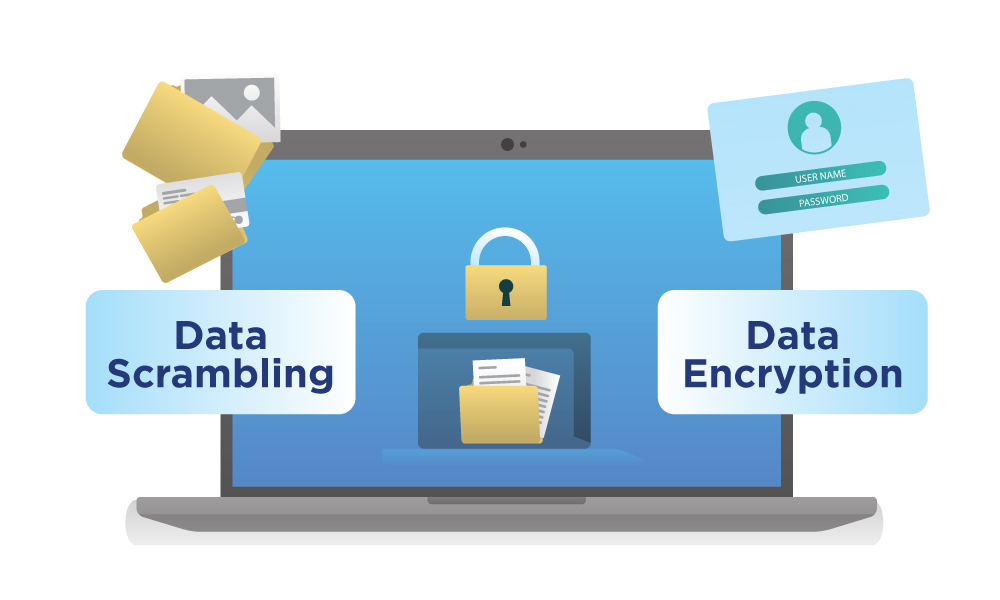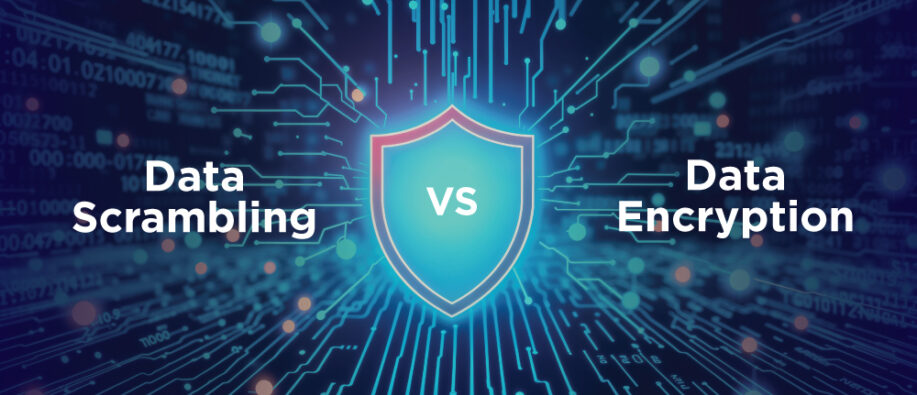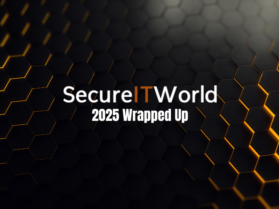Data protection has become an utmost priority in today's technologically advanced world. As individuals and businesses turn toward digital transformation, the possibility of data breaches increases. To address such a situation, experts suggest certain strategies such as data encryption, masking, scrambling, and others. These tactics assist in preserving solid cybersecurity practices in organizations.
Sources state that more than 53% of enterprises have encountered data breaches and theft. Globally, the average cost of such incidents is $4.88 million, which can be devastating for many companies. Small and medium-sized firms experience the most challenging times after cyberattacks, which often lead to operational disruption.
This blog shall thoroughly distinguish between data scrambling vs. encryption to find out which methodology is more effective in data security.
What is Data Scrambling?
Data scrambling is a subset of data masking that hides sensitive information and makes it unrecognizable in case of unauthenticated access. The tactic is also known as obfuscation, which assists in hiding confidential information from real datasets. The method of scrambling is generally utilized in test data and database development.
In test data, scrambling enables the formation of clones of information based on real data. However, it allows users to modify or change specific values in the datasets. The tactic hides confidential information from being disclosed in the test data.
Conversely, scrambling in database development creates realistic samples of original data. However, privacy policies restrict accessing real-time data in this process.
What is Data Encryption?
Encrypting data describes the process of locking datasets with passwords or specific keys. Without knowing the key, no one can access the locked data. Companies, irrespective of their size and target audience, use data encryption regularly,
There are two broad types of data encryption that professionals usually practice implementing: symmetric and asymmetric encryption. The former enables the same passkey for locked data encoding and decoding purposes. However, the asymmetric encryption technique comprises of private data owners and public passwords for authenticated users.

Comparing Data Scrambling vs. Encryption
While distinguishing between data scrambling vs. encryption, it is crucial to state that both can be remarkably impactful while protecting data from possible threats. Both tactics differ in the following areas:
Original Data Value:
The original data value becomes irreversible in scrambling methods once it is processed to create copies. However, data encryption lets users decrypt data with the appropriate key even after encrypting it.
It is also essential to mention that certain values in scrambling can be modified, but not entirely.
Usability:
Professionals can easily utilize data after scrambling it and cloning the values of real data. On the other hand, encrypted data is complicated to use as it utilizes complex models. For this reason, developers and quality analysts prefer scrambling over encryption.
Process:
Data scrambling generates proxy versions of real data to secure confidential information in it. Conversely, encryption uses passwords to lock data and safeguard it from unwanted access.
Which to Choose: Data Scrambling vs. Encryption
Data scrambling vs. encryption are two impactful strategies to safeguard companies' confidential data from threats. Most often, professionals get confused about what to choose between two tactics while protecting data. Here are a few elements that need to be considered in this regard:
Data sensitivity: Choosing the appropriate method highly depends on what type of data organizations need to protect.
Compatibility: Resonance of the resources that a company already uses, and the integrated strategy is crucial. Therefore, companies need to consider it beforehand.
Impact on the parent system: Before selecting a tactic, it is essential to determine its impact on the organization's original server or system.
Data usage: The accurate strategy chosen depends on how companies intend to use their data. Encryption can be more appropriate if they need to revise information regularly. However, scrambling will be more effective if the aim is not to change data values.
Summing up!
rganizations need to implement robust tactics while protecting their data from vulnerabilities. Data scrambling and encryption strategies support businesses in staying compliant with global privacy policies such as GDPR, CCPA, HIPAA, and PCI DSS while safeguarding data. Read our blogs and keep track of the prevalent cybersecurity trends.
Also Read:
Data Protection for Small Business: Easy Steps to Take
Cybersecurity in 2024: Emerging Trends and Strategies





